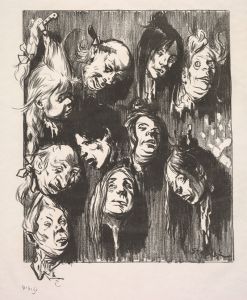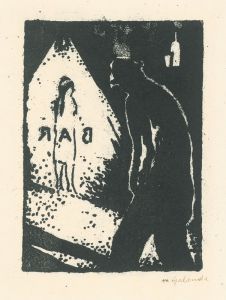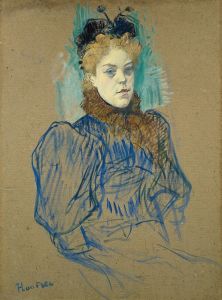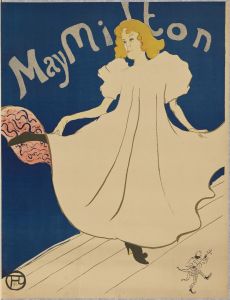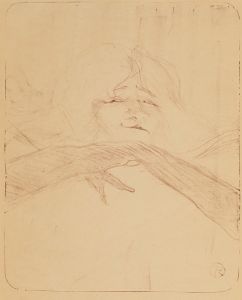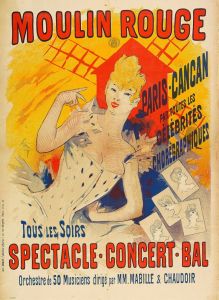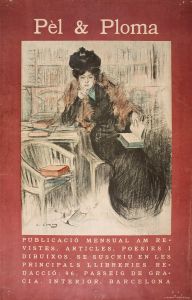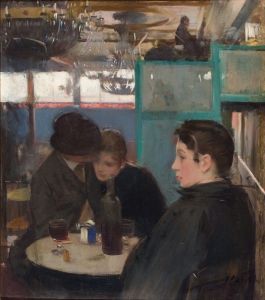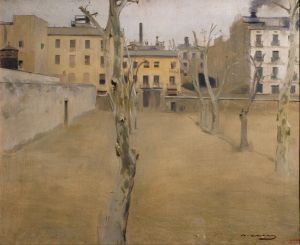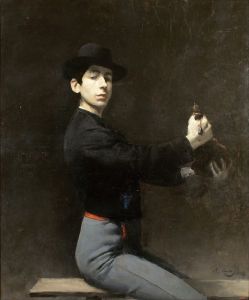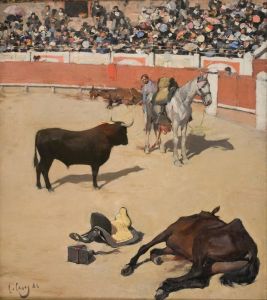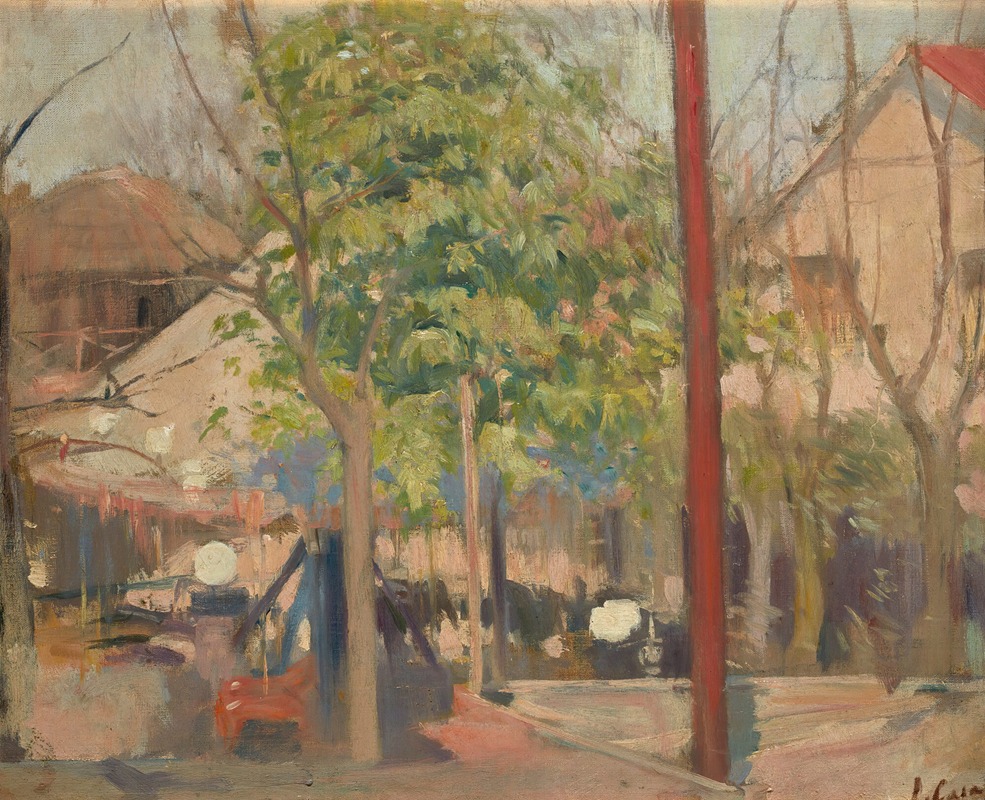
Moulin De La Galette
A hand-painted replica of Ramón Casas’s masterpiece Moulin De La Galette, meticulously crafted by professional artists to capture the true essence of the original. Each piece is created with museum-quality canvas and rare mineral pigments, carefully painted by experienced artists with delicate brushstrokes and rich, layered colors to perfectly recreate the texture of the original artwork. Unlike machine-printed reproductions, this hand-painted version brings the painting to life, infused with the artist’s emotions and skill in every stroke. Whether for personal collection or home decoration, it instantly elevates the artistic atmosphere of any space.
Ramón Casas i Carbó was a prominent Spanish painter known for his significant contributions to the Catalan Modernisme movement, which paralleled the broader European Art Nouveau style. One of his notable works is "Moulin De La Galette," a painting that captures the vibrant social life of Paris during the late 19th and early 20th centuries.
"Moulin De La Galette" is a depiction of the famous Parisian dance hall and café located in the Montmartre district. This venue was a popular gathering place for artists, writers, and bohemians of the time, and it has been immortalized in numerous artworks by various artists, including Pierre-Auguste Renoir and Henri de Toulouse-Lautrec. Casas's rendition of the Moulin De La Galette offers a unique perspective that highlights his distinctive style and approach to capturing the essence of social scenes.
Casas was known for his keen observational skills and his ability to portray the subtleties of human interaction and social dynamics. In "Moulin De La Galette," he employs a realistic yet expressive style, using a palette that captures the lively atmosphere of the dance hall. The painting is characterized by its attention to detail and the dynamic composition that draws the viewer into the bustling environment of the café.
The artwork reflects Casas's interest in modern life and his ability to convey the spirit of the times. His portrayal of the Moulin De La Galette is not just a depiction of a physical space but also an exploration of the cultural and social milieu of Paris during the Belle Époque. This period was marked by a flourishing of the arts, and Casas, like many of his contemporaries, was drawn to the vibrant energy of the city and its inhabitants.
Casas's connection to Paris and the broader European art scene was significant. He spent considerable time in the city, where he interacted with other artists and absorbed the influences of the Impressionist and Post-Impressionist movements. This exposure is evident in his work, which often combines traditional techniques with modern themes and sensibilities.
"Moulin De La Galette" is a testament to Casas's ability to blend realism with a modernist approach, capturing the essence of a moment in time while also reflecting broader social and cultural themes. The painting is part of Casas's broader oeuvre, which includes portraits, landscapes, and genre scenes that offer insight into the life and times of the late 19th and early 20th centuries.
Today, Ramón Casas is celebrated as one of the leading figures of Catalan Modernisme, and his works continue to be studied and appreciated for their artistic merit and historical significance. "Moulin De La Galette" remains an important piece within his body of work, exemplifying his skill in capturing the vibrancy and complexity of social life during a pivotal era in European history.





